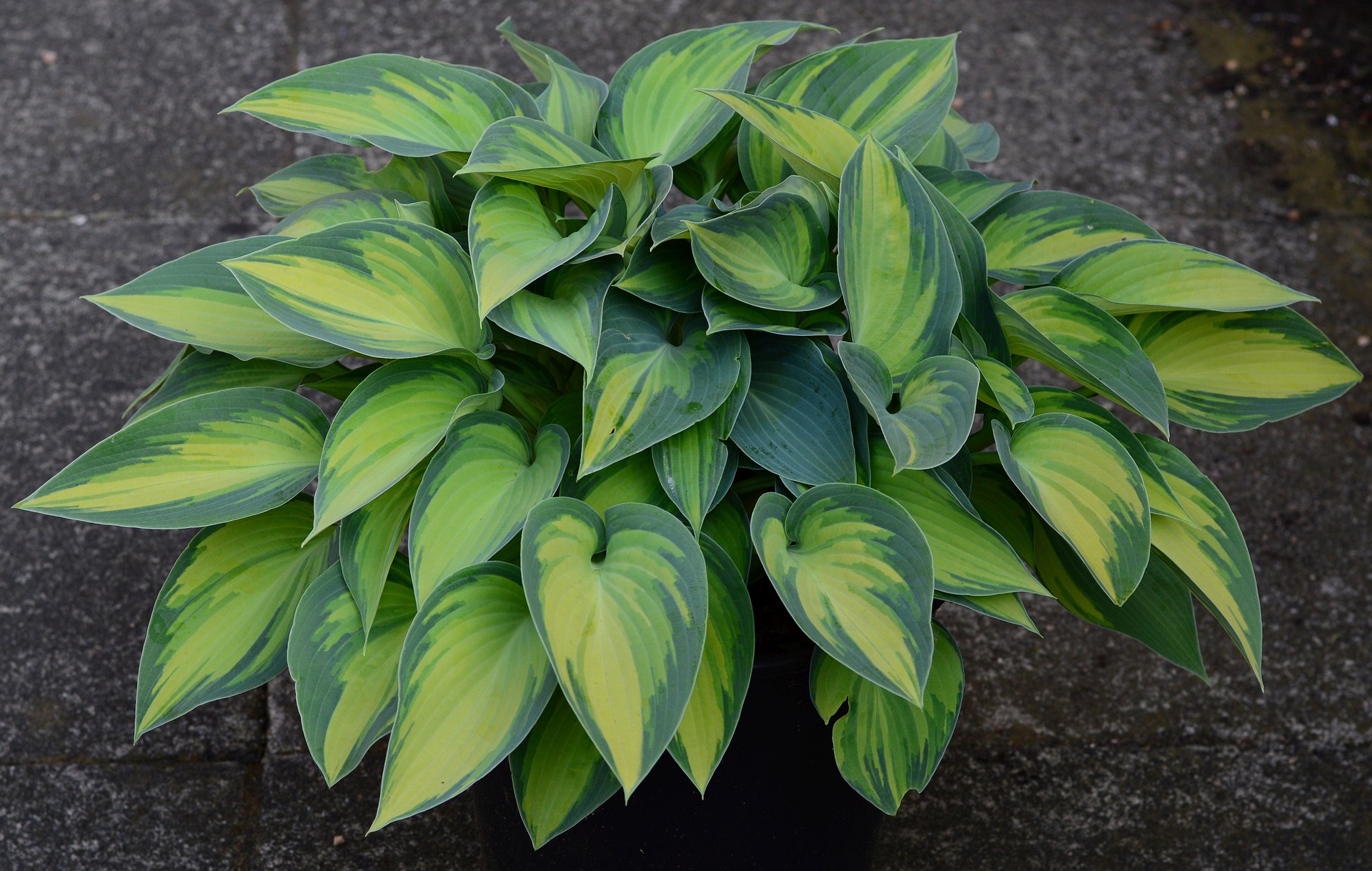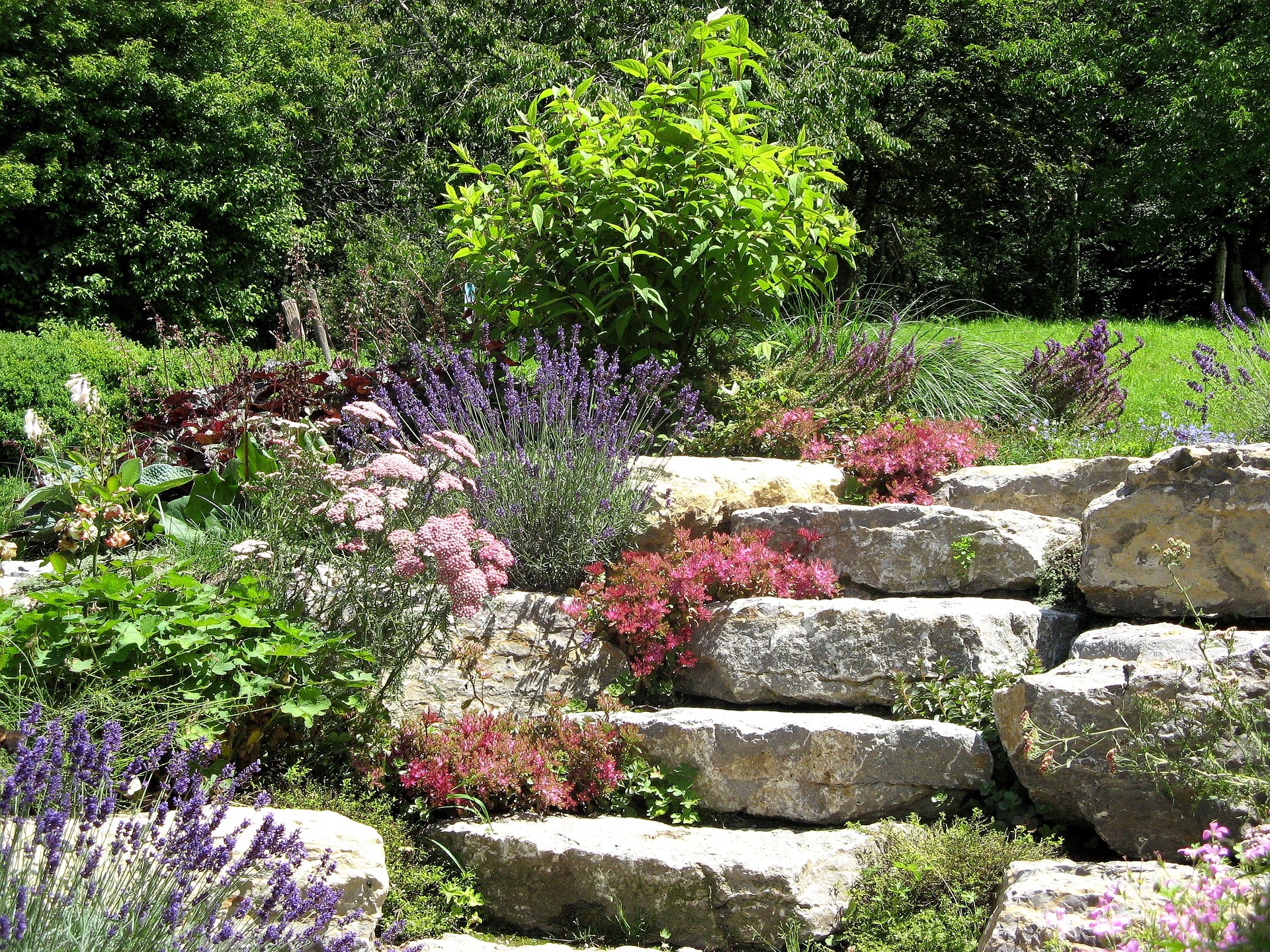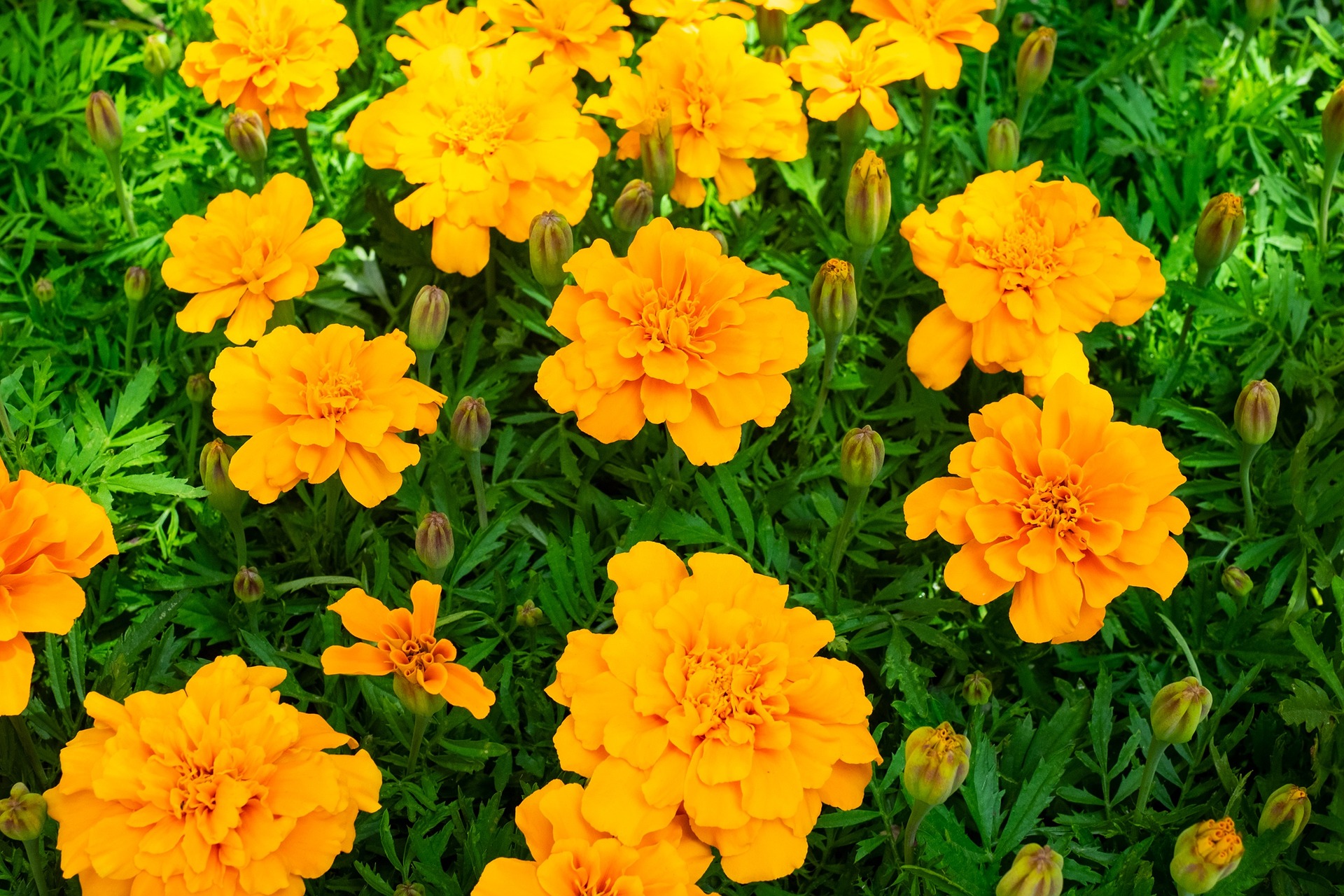Under a tree, on a balcony, or a shaded verandah, only but a few plants are known to give a colorful display of blooms and/or foliage. Hostas, also called plantain lilies will grow well in shaded areas, giving off a showy display of large, beautiful foliage of different color variations depending on cultivar, providing a focal point in a landscape.
Hostas are perennial plants, therefore will come back year after year with minimal care, provided optimum growing conditions are provided, making them a good choice for beginner gardeners.
When choosing hosta varieties to grow in your landscape, first determine your microclimates, then choose varieties which suit them. Also consider foliage color so that you can come up with a colorful design for your landscape.

Description
Hostas are hardy clump forming perennial plants with about 40 species of plants, belonging to the asparagus family Asparagaceae and native to Eastern Asia.
Hostas are grown for their wide attractive foliage which grows from rhizomes, also known as stoloniferous. Leaves vary in size and color depending on cultivar, with leaf color ranging from green to blue to yellow, and many cultivars have variegated leaves (with white, gold or yellow margins and centers).
Hosta plants produce bell-shaped flowers that grow on long, woody, upright scapes which grow above foliage. Some flowers are fragrant while others are not, depending on cultivar.
Hostas come in different sizes depending on cultivar. They can be small, medium, large or gigantic.
| Botanical name: Hosta spp | Propagation: Division, seeds |
| Common name: Hosta, plantain lily | Soil type: Loam |
| Family: Asparagaceae | Soil pH: 6.5-7.5 |
| Plant type: Perennial | Temperature: 45-750F |
| Hardiness zones: USDA zones 3-9 | Light: Shade-partial shade |
| Mature size: 2-60in. tall and wide | Spacing: 20-60in. depending on cultivar |
| Flower color: white, purple, pink | Pollination: Wind |
| Leaf color: blue, green, yellow or variegated | Toxicity: Toxic to dogs, cats and horses |
| Time to maturity: 1-2 years | |
| Native area: Eastern Asia |
Common Hosta varieties to grow
Blue angel: A large sized hosta variety with huge heart-shaped deep blue leaves.
Guacamole: This variety produces large glossy chartreuse leaves margined by a wide green edge and produces fragrant flowers.
Regal splendor: Hosta has frosty blue leaves with creamy yellow margins.
Great expectations: Beautiful looking hosta with large creamy yellow puckered leaves with a mixture of light green and blue edges.
Frances Williams: Hosta has corrugated blue-green leaves with a wide golden yellow margin.
Paul’s Glory: Hosta with gold heart-shaped leaves bordered by a dark-blue green margin.
Striptease: Leaves have dark green margins and a thin white stripe between the margin and gold center area.
Pandoras Box: Beautiful leaves with a white leaf center and a dark green margin, with a light green area between where the white and green meet.
Temperature requirements
The ideal temperature for growing hostas is 45-750F. Hostas need a cold period of at least six weeks at 400F to re-initiate growth. Most hostas are cold hardy and can withstand temperatures of up to -400F.
Very high temperatures stress the plants and can cause burning of foliage.
Soil requirements
Hostas grow best in well-draining loam soil that is rich in organic matter, with pH of 6.5-7.5.
Light/Sun requirements
Hostas are shade loving plants, growing best in an area that receives morning sun and afternoon shade. Sun preferences differ per cultivar but too much sun exposure may cause burning of leaf edges during summer months.
Yellow, gold and white leafed hostas develop their best leaf color in partial sun (4-6 hours).
Fragrant hostas require 5-6 hours of sunlight per day to enhance development of their fragrant flowers.
Blue leafed hostas and variegated hostas require shade to retain their color without fading. Exposing them to much sunlight can cause leaf burning.
Soil preparation and planting
Hostas are generally purchased as potted plants or planted from divisions.
Prepare your site by tilling and removing perennial weeds, large stones and boulders.
Add 2-3in. of organic manure and incorporate it up to 10in. deep into the soil. Organic matter can be in form of compost, sphagnum peat or rotted animal manure.
Remove plants from the container and tease the roots so that they loosen and soil from the container drops off. If the roots are bound, you can cut through some of them to disentangle and release soil. You can apply a root stimulator solution to the roots to encourage growth.
Dig a hole that is a little shallower than the root ball of the plant and 11/2 times wider. Place the plant with the crown above the soil level and backfill with soil. Ensure that the crown is not covered with soil.
Water thoroughly to provide moisture and remove air pockets from the soil.
Care and maintenance
Watering: Hosta plants should be kept moist by watering especially during the dry season. Without watering, their leaf margins turn brown due to scorching and general appearance of the plants deteriorates.
Mulching: Applying a layer of mulch helps to control weed growth and retain moisture in the soil. Mulching material can be in form of wood chips, dry grass or pine needles.
Fertilizing: Hostas do not have high fertilization needs. Fertilize using an all-purpose fertilizer, such as 10-10-10 in spring, once growth begins to emerge.
Winter protection: Winter protection is essential for hostas that have been planted during fall or late summer. Apply a 4-6in. layer of mulch in form of dried grass, pine needles or some other mulching material for winter protection.
Hostas that have grown for one full growing season or more are fully established and do not need winter protection.
Dividing plants
Hostas can be divided after 3-5 years of growth, with division best done during spring. Some divisions can be done up to summer.
To divide the plant, dig up the whole clump, when leaves have just started to emerge.
Divide the clump into 2 or 3 sections using a sharp knife, while ensuring that each section has a well-developed root system and 2 or 3 leaves.
Replant hostas in areas where you desire to plant them. The planting process should be done immediately after division.
Common problems
Pests attacking hostas include cutworms, snails and slugs. Hand pick these or use a trap on a small garden. If the garden is big, then you can spray using recommended pesticides.
Other animals include deer and rabbits, which love to eat hosta foliage. To control them, fence your area with loft tall fencing to avoid access and spray hosta leaves with deer repellant chemicals.
Diseases include crown rot and anthracnose, both fungal disesaes. Anthracnose causes occurrence of brown spots on leaves and crown rot causes yellowing and browning of leaves, then the entire plant wilts and dies.
To control these diseases, avoid introducing diseased hostas into your landscape, use prescribed fungicides and destroy affected plants.





